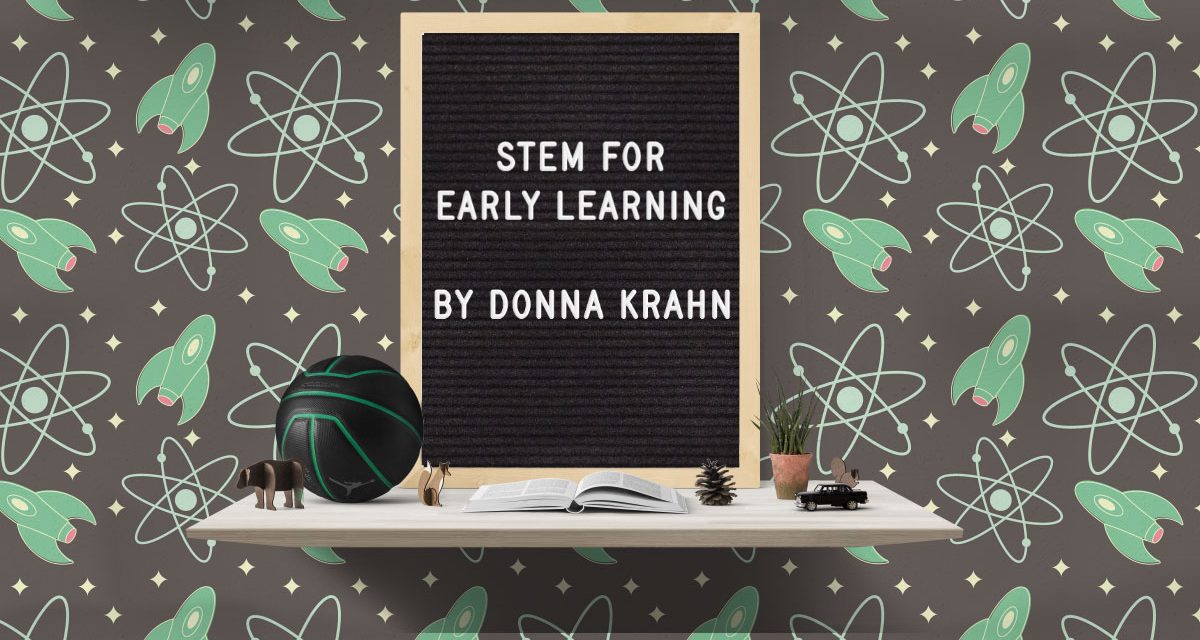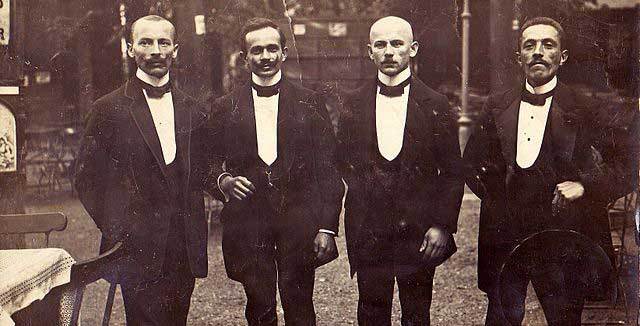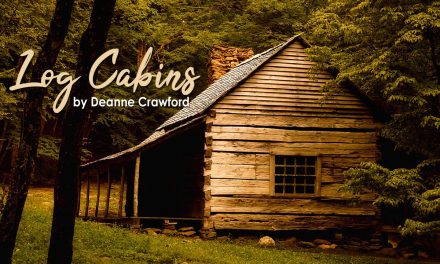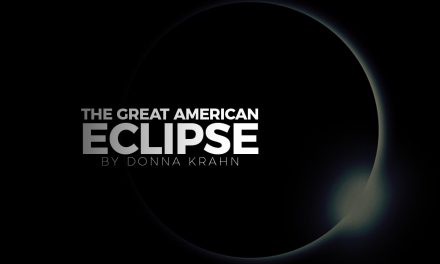LEGO® sets, LEGO® DUPLO®, K’NEX®, GeoSmart®, Miniland® Mecatech®, and Clifford the Big Red Dog™ Science Kits – what do these items all have in common? Do you give up? I’ll tell you. These items, and many more, fall into the educational category of STEM – Science, Technology, Engineering, and Mathematics. Now, beginning at a very young age, children can “play their way” to a better understanding in these specific areas.
For the very young, you may not want to offer a highly structured curriculum that incorporates concepts in the STEM area. Children at this age need activity and the ability to put their hands-on things. That’s where kits, building sets, and science-related toys come into “play.” Some kits have a very specific intent for what the child will be doing; other products allow for more open-ended creativity.
Even little ones can build and create. Products like LEGO® DUPLO® allow children to build anything they can imagine, while learning to fit pieces together. They not only work to develop STEM, but also visual/spatial skills, fine motor coordination, and reasoning. Children can spend many hours building strange looking contraptions and structures that look like nothing to the adult eye but serve a valuable purpose. With little ones, many times, it’s about the process, not the product or outcome.
Once a child begins to understand cause and effect, kits like Miniland® Mecatech® let a child be creative while using simple tools. Children follow instructions to build specific structures or follow their own mind by creating their own contraptions – all while applying physics and using simple machines. Children use a toy wrench and toy screwdriver to turn, twist, and create as they develop skills in a variety of areas.
You can even begin coding as young as kindergarten with kits like Botley the Coding Robot, STEM Programmable Mouse, and . Get young children started down the road of technology. Workbooks are available from DK (Dorling Kindersley) for the children who want to keep going with coding. If you have a child that is really into the technology part of STEM, there are kits and products available for the older age group like LEGO® Mindstorms®, Code Gamer by Thames & Kosmos, and DIY kits. You might consider these for the more serious technology student.
Science kits like Clifford the Big Red Dog™, My First Science Kits, and Magic School Bus™ Science Kits target a younger audience in order to let them experience, in a hands-on fashion, a wide variety of science concepts. Content is presented in a kid-friendly format that intrigues children and gets them interested in the field of science. Science should be engaging and not scary, and too many times children are turned off to science if presented in a dry and boring format. I mention just a few of the many kits that are available for children but keep your options open to the interests of your child. It’s ok to throw in a kit or unit on random topics when an interest is discovered. Even as children get older, there is a plethora of kits available from Thames & Kosmos, Young Scientists, Magic Schoolbus™, and the list goes on and on.
If you don’t want to do kits because the cost can add up, keep an activity book close at hand. I taught little ones many years ago, and many of the ideas I see in science experiment books are those I used back then. Activity or experiment books allow you to use items close at hand without buying a lot of extra items. Books like 101 Great Science Experiments, Mudpies to Magnets, and Little Bit of Dirt offer great hands-on ideas in the areas of science and nature. The variety of activities found in these books can cover the science, technology, and engineering areas of STEM.
As far as math is concerned, just teach good solid math!! Maybe you have a favorite program that teaches in a way that works for you – manipulatives, no manipulatives, spiral, mastery –many good curricula are available. Just find one that works for you and your child. Don’t short-change the area of math, thinking that you will get to it eventually, keep up on it. Math is the foundation for science – make it solid. Be sure you are covering the basics thoroughly. You will be glad you did when you get to your upper level math and science courses. If you have a very young child who isn’t in school yet, you can still play–and learn–math. Count objects, read about numbers and counting, play counting games, sing counting songs. To little ones, it’s fun – to you, it’s education.





